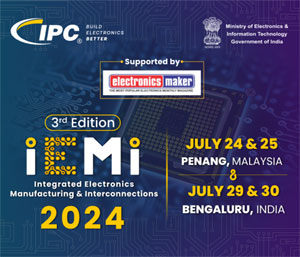The Evolution of Automotive Technology
Over the past few decades, tech innovations have revolutionized the automotive industry, significantly enhancing both safety and reliability. From advanced driver-assistance systems to modern engineering methods, the contributions of technology to car manufacturing are profound. These developments redefine how vehicles operate and ensure a more secure driving experience for users worldwide.
Keyless ignition systems are one prominent example of how tech innovations have become standard across the automotive landscape. More than half of the 17 million new cars sold each year now feature keyless entry as standard, enabling drivers to start their vehicles with the push of a button. This convenience eliminates the need for traditional car keys and enhances vehicular security by minimizing the chances of lost or duplicated keys.
Manufacturers continue to invest heavily in tech to advance vehicle safety. Modern cars are equipped with various sensors and alerts designed to prevent collisions and protect occupants. These systems represent just a fraction of the innovations aimed at fostering a safer driving environment, indicating a clear trend towards a future where vehicles are proactive in ensuring safety.
Automatic and Manual Transmissions
Tech developments have drastically changed the landscape of vehicle transmissions, providing drivers with simplified operation and greater reliability. Automatic transmissions, compared to their manual counterparts, have 2 major distinctions: the lack of a clutch pedal and the automation of shifting. Once placed in drive mode, all shifting activities in an automatic transmission are undertaken seamlessly, offering convenience to drivers.
The absence of a manual gear system in automatic transmissions not only simplifies the driving process but also reduces mechanical complexity. This tech-driven improvement minimizes potential transmission faults that might occur with manual systems, enhancing the longevity of the vehicle. As a result, drivers experience a smoother operation, courtesy of technological advancements in automotive engineering.
Moreover, tech enhancements in transmission systems contribute to better fuel efficiency and performance optimization. Automatic transmissions are designed to monitor driving patterns, constantly adapting to ensure a balance between power output and fuel consumption. These adaptive systems showcase how advanced tech plays a crucial role in improving vehicle performance and resource management.
Towing Challenges and Technological Solutions
Despite the strides in vehicular innovations, there’s an undeniable need for effective solutions to mitigate towing incidents. In the United States, an estimated 55,000 vehicles are towed every day due to various issues. This figure highlights the necessity for continuous tech-driven improvements to enhance vehicle reliability and minimize breakdowns.
Technological advancements are evolving to address the common causes of towing, such as engine failures and electrical malfunctions. For instance, smart diagnostics systems are being integrated into modern cars to predict potential mechanical problems before they occur. These innovations reflect a proactive approach, made possible through advanced tech, to reduce the frequency of towing events.
Enhanced roadside assistance features represent another dimension of tech’s impact on addressing vehicle malfunctions. Many modern vehicles now come with built-in systems capable of contacting emergency services or connecting with roadside help at the touch of a button. These tech-enhanced features underscore the pivotal role technology plays in providing timely relief during vehicular emergencies.
Future Prospects in Automotive Technology
As technology continues to evolve, the future of automotive safety and reliability looks ever promising. Ongoing research in autonomous vehicles and AI-driven systems suggests a horizon where cars can self-navigate and prevent accidents autonomously. This tech evolution will likely absolve human error significantly, creating a safer driving landscape universally.
Additionally, the integration of eco-friendly tech into vehicles further enhances reliability and aligns with global sustainability goals. Electric vehicles, powered by cutting-edge battery technology, depict how automotive advancements are branching into sustainable innovations. This shift represents a growing commitment to not only improving vehicle safety but also protecting the environment with tech-forward solutions.
The future beckons a fusion of tech innovations focused on holistic vehicle enhancements. From automated features to advanced safety mechanisms, consumers can anticipate a paradigm shift in how cars are perceived and utilized. With continuing investments in automotive tech, the collective promise is an era of unprecedented progress in safety, efficiency, and reliability on streets worldwide.






